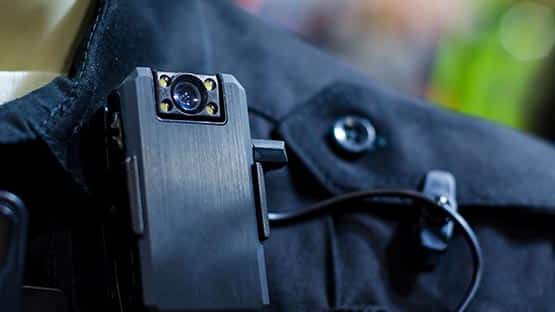
A Virginia Tech associate professor and University of Virginia professor have received funding to fight a type of nonalcoholic fatty liver disease.
Webster Santos, associate professor of chemistry and the Cliff and Agnes Lilly Faculty Fellow in the College of Science at Virginia Tech, and collaborator Professor Kyle Hoehn, in the Department of Pharmacology at the University of Virginia, received a $400,000 grant from the Virginia Biosciences Health Research Corporation (VBHRC), known as Virginia Catalyst, with $800,000 matching funds from Continuum Biosciences, a company they co-founded.
The grant, along with the matching funds, will support Santos and Hoehn’s research to develop drugs to treat nonalcoholic steatohepatitis (NASH), a type of nonalcoholic fatty liver disease.
NASH is a condition characterized by fat accumulation in the liver that results in chronic inflammation that can progress to cirrhosis of the liver and, ultimately, liver cancer. According to the National Institutes of Health, there are 26 million patients with NASH in the United States, and approximately 30 to 40 percent of patients with NASH-derived cirrhosis will experience a liver-related death.
“By 2020, NASH is expected to become the leading cause of liver transplant in the United States. There is currently no cure for NASH or FDA-approved treatment, so drug strategies with unique modes of action are needed,” said Santos.
The compounds that Santos and Hoehn are developing to treat NASH are known as safe mitochondrial uncouplers. Mitochondria are organelles found in large numbers in most cells that produce energy.
Mitochondrial uncouplers are molecules that shuttle protons across the mitochondrial membrane to increase metabolism and decrease fat accumulation. These molecules also lower reactive oxygen species production in the mitochondria, which contributes to liver fibrosis in NASH.
So far, Santos and his collaborators have developed a promising uncoupler, CBI121701, that can be given orally. The researchers are currently testing this molecule in animal trials and have shown that the compound minimizes fat accumulation, mitochondrial dysfunction, and liver inflammation.
“It is shown to be safe over a broad therapeutic concentration range because it lacks off-target activity and it is self-limiting, meaning that it will stop working once a therapeutic level is reached,” said Santos.
The collaboration between Virginia Tech and the University of Virginia has been important for the success of the project. Santos makes the compounds and Hoehn tests them in cells and animals.
The next steps will be for the researchers to conduct more toxicology studies and apply for human trials through the FDA. These newly identified safe mitochondrial uncouplers are expected to improve patient outcomes and reduce health care costs because of fewer liver transplants and reduced instances of liver cancer and end-stage liver disease. They may also be used to treat obesity, systemic hypertension, insulin resistance, and type II diabetes, conditions that are commonly associated with NASH.
Santos is a member of the Virginia Tech Center for Drug Discovery and an affiliate of the Fralin Life Science Institute. He is an expert medicinal chemist whose research focuses on compounds with new modes of action to treat multiple sclerosis, kidney fibrosis, neurodegenerative diseases, aging, and fatty liver disease.
Santos and Hoehn’s industrial partner is Continuum Biosciences Inc., which is headed by CEO Simon Tucker. Continuum Biosciences is providing a 2:1 match for this VBHRC grant, for a total of $1.2 million to support this research.
According to its website, VBHRC, known as Virginia Catalyst, is a not-for-profit corporation that “advances economic development by creating competitive critical mass for Virginia life sciences through collaborations with research universities and industry, to attract research and commercialization capital to Virginia and to catalyze the commercialization of Virginia’s innovations that meet large, unmet medical needs, improve human health, and to create many more high-paying life science jobs in Virginia.”










